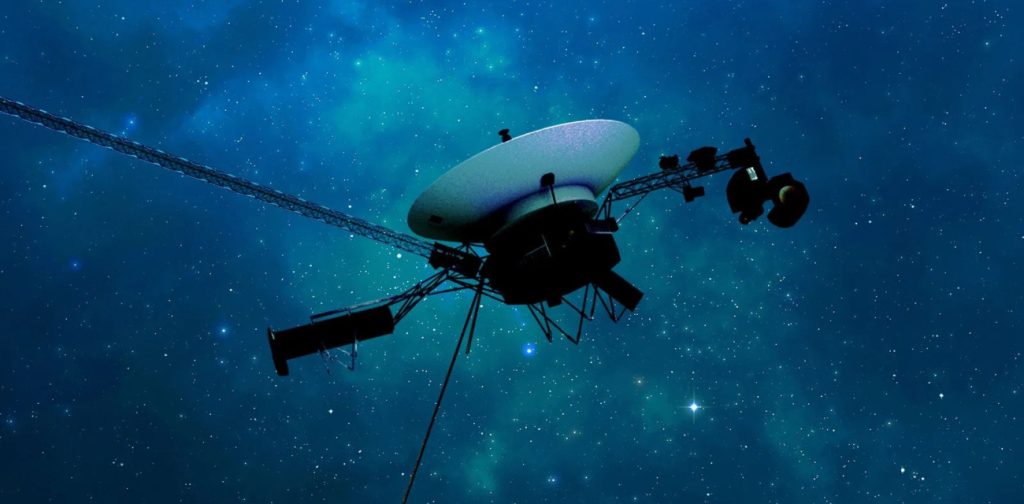The new “nuclear” battery could power cell phones and other devices for decades.
Mobile phones and their power sources have seen tremendous growth over the years. This was necessary, because larger screens, GPS, and increasingly power-hungry apps take their toll on the battery. However, you cannot avoid having to look for a charger with a low percentage of power. China's new energy technology, Petavolt, now promises a nuclear battery that will solve this problem.
Read also:
NE-63
A standard petavolt nuclear battery uses a combination of the radioactive isotope nickel-63 (⁶³Ni) and a diamond semiconductor. It uses the energy released during the decay of the nickel-63 isotope. It sounds very advanced, but it's not that bad. The technology behind it, to some extent, has been around since the 1950s. In most cases, these are called radiothermal generators, which convert the heat generated by the decomposition of radioactive elements into electricity using, for example, a type of thermocouple. These systems found their way onto space probes (such as Voyager 1 and 2 launched in 1977, in the illustration below) that were launched so far into space that they could no longer power their systems with solar energy. But also for first generation pacemakers.

Like that, but different
A few years ago a new approach was developed. Instead of a thermocouple, a 2-micron-thick sheet of nickel-63 was sandwiched between two diamond semiconductor plates (each just 10 microns or 0.01 mm thick). The latter releases beta particles (beta particles) and these fast, high-energy electrons or positrons ensure that the diamond matrix acts as a semiconductor and generates an electric current.


Weeks, months, years
It sounds nice, but Betavolt's first version, the BV100 with dimensions of 15x15x5 mm, produces only 100 microwatts. Not enough to keep the mobile phone going. But the Chinese company believes it will have a version capable of producing 1 watt by 2025. By putting them in series, the batteries can provide more energy. This makes it suitable not only for mobile phones, but also for drones, for example, which can remain in the air for weeks, months or years.
There is no risk
However…isn't a nuclear battery in a device that you often place very close to very important parts of your body dangerous? Petavolt says – and how could it be otherwise – no. It does not emit any harmful radiation. When charging, regular lithium batteries, which store energy using chemical reactions, can also catch fire or explode. Petavolt generates electricity, which is less dangerous, according to the company. Furthermore, the press release notes that the nickel-63 isotopes eventually decay into stable, non-radioactive copper isotopes that pose minimal environmental risk.
Sources: Petavolt, New Atlas
Image: Petavolt

“Thinker. Coffeeaholic. Award-winning gamer. Web trailblazer. Pop culture scholar. Beer guru. Food specialist.”

:format(jpeg):fill(f8f8f8,true)/s3/static.nrc.nl/bvhw/wp-content/blogs.dir/114/files/2021/11/trujilo-vierkant.png)





More Stories
iPhone SE 4: Bigger screen and Face ID feature according to new rumors
Grass snake and lizard are rare – Zeeuwsch Vlaanderen Advertisement | Zeeuwsch Flemish Advertising Magazine
Belgian co-production with acclaimed actor Crispin Glover selected for Toronto Film Festival